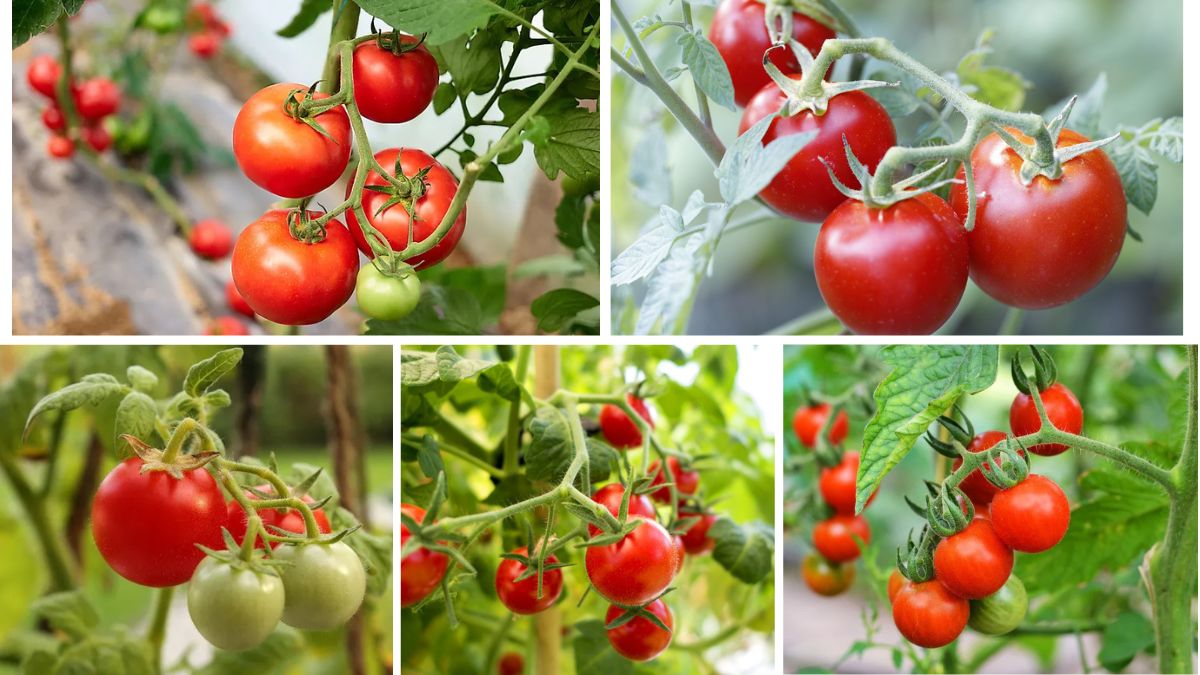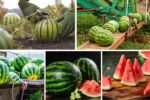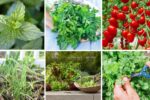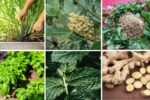Tomatoes are among the most popular and widely consumed vegetables in the world — although botanically they are fruits. Found in salads, sauces, soups, and countless processed products, they form a vital part of global diets and agricultural trade. Every year, millions of tonnes of tomatoes are grown across the globe, yet one country produces far more than any other.
This article explores which country holds the title of the largest tomato producer, why that is the case, and what it means for agriculture, trade, and the environment. We’ll also look at the global context, the factors driving production, and the implications for future food systems.
The Global Tomato Picture
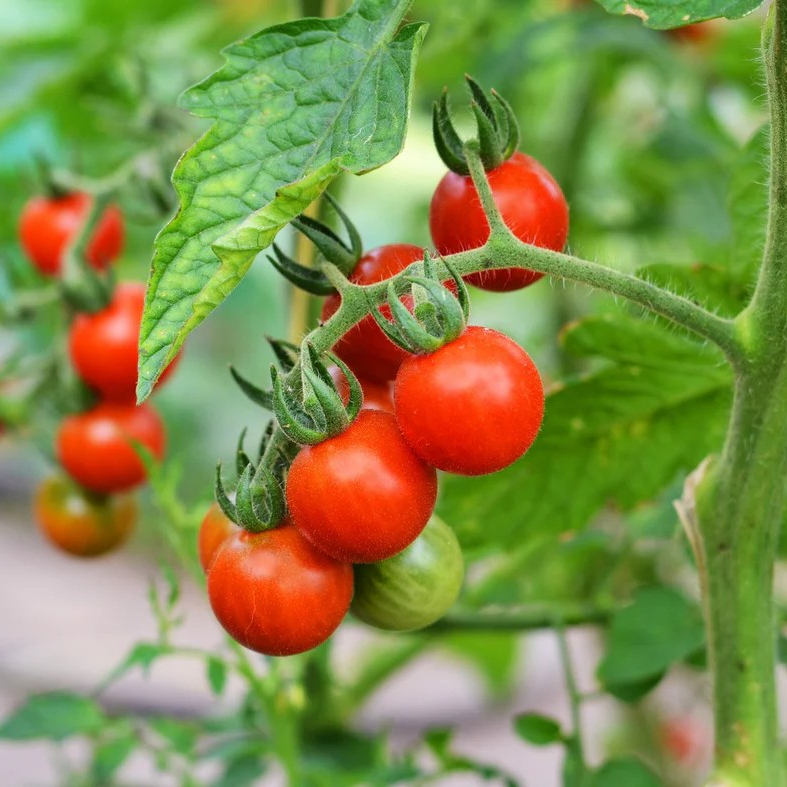
Tomatoes are cultivated in nearly every corner of the world, from small backyard gardens to vast commercial farms. The global tomato industry can be divided into two major segments:
- Fresh market tomatoes – grown for direct consumption, often sold in supermarkets or local markets.
- Processing tomatoes – grown for industrial purposes, including tomato paste, sauces, canned tomatoes, soups, and ketchup.
According to the Food and Agriculture Organization (FAO), worldwide tomato production has been steadily increasing over the past few decades. This growth is driven by population increase, rising incomes, expanding urbanization, and greater demand for processed food products.
The Short Answer: China Leads the World
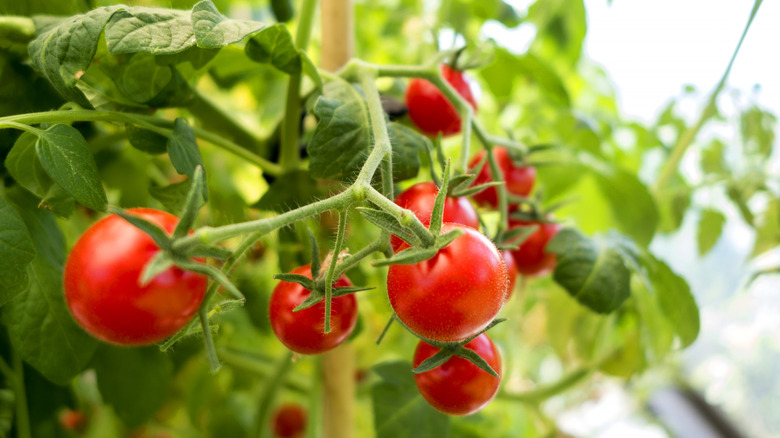
The largest tomato producer in the world is China, and the gap between China and other producers is enormous. In 2022, China produced roughly 68 million tonnes of tomatoes — more than three times the volume of its closest competitor, India, which produced around 20.7 million tonnes.
Top 5 Tomato Producing Countries (Approx. 2022 figures):
- China – ~68 million tonnes
- India – ~20.7 million tonnes
- Turkey – ~13 million tonnes
- United States – ~10 million tonnes
- Egypt – ~7 million tonnes
These numbers reveal a highly concentrated production structure: the top five countries account for a large share of total global output.
Why China Produces the Most Tomatoes
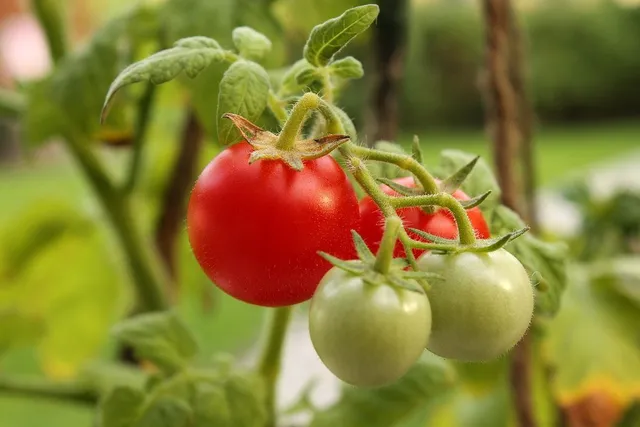
China’s tomato dominance is not just about sheer land area — although its massive territory certainly helps. Several key factors explain why China leads the world:
1. Massive Agricultural Land Allocation
China dedicates vast areas to tomato cultivation. In regions like Xinjiang, Inner Mongolia, Gansu, and Shandong, large tracts of farmland are used exclusively for tomatoes, especially for industrial processing.
2. Processing Industry Powerhouse
China is one of the world’s largest exporters of tomato paste and concentrate. Processing plants in Xinjiang and other provinces operate on an industrial scale, taking in truckloads of tomatoes during harvest season. This strong link between farm production and processing capacity supports high and stable output.
3. Efficient Supply Chains
Decades of investment in agricultural infrastructure — including irrigation systems, cold storage, and transport networks — have reduced post-harvest losses and improved market access. This means more of what’s grown reaches the consumer or processing facilities.
4. Variety and Season Extension
China grows both open-field tomatoes and greenhouse tomatoes, enabling year-round production in certain areas. The use of hybrid varieties improves yield, disease resistance, and fruit quality.
5. Domestic Demand + Export Markets
With a population exceeding 1.4 billion, China has an enormous domestic demand for fresh and processed tomatoes. At the same time, it serves global markets, especially for industrial tomato paste used in sauces and packaged foods.
The Role of Regional Specialization
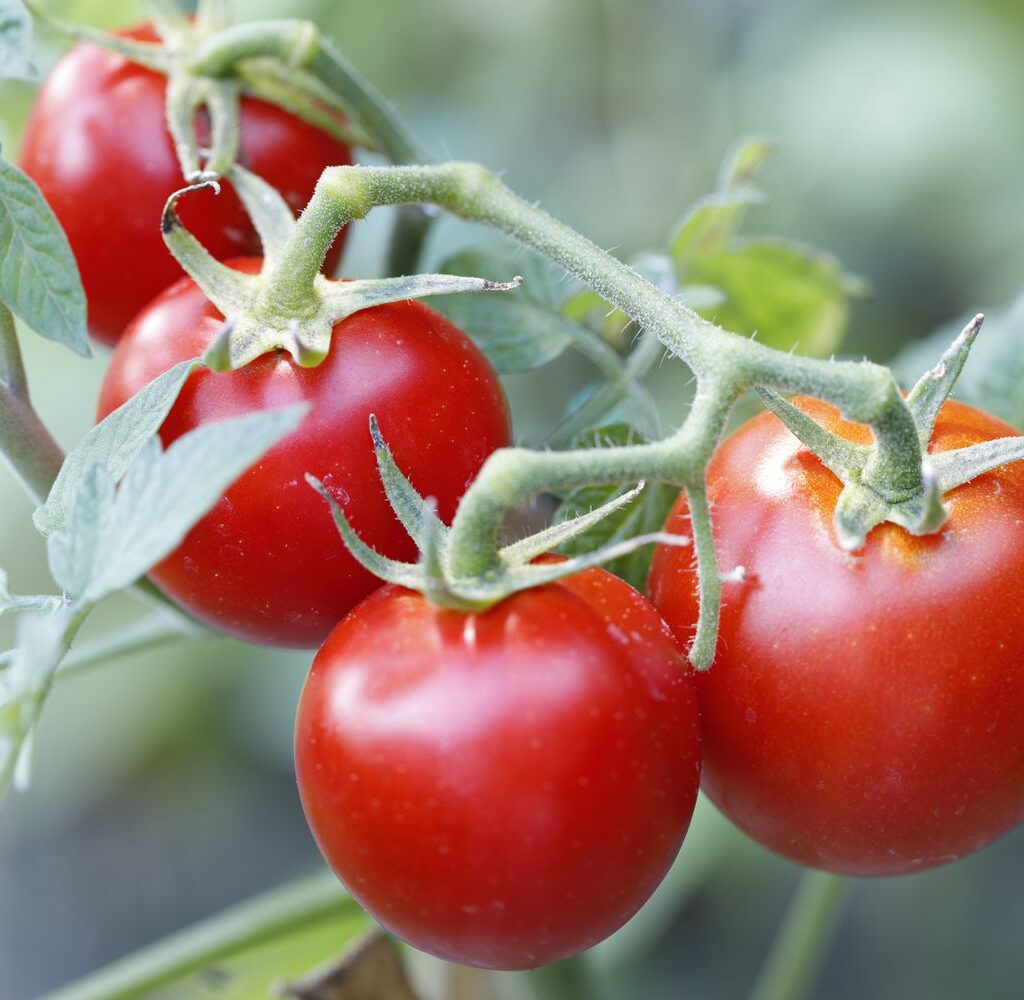
While tomatoes are grown in many parts of China, production is highly concentrated in Xinjiang Uyghur Autonomous Region for processing tomatoes. Xinjiang’s long hours of sunlight, dry climate, and access to irrigation make it ideal for tomato cultivation. Large-scale, mechanized farms dominate in this area, producing high yields that feed directly into processing plants.
Fresh market tomatoes, meanwhile, come from diverse provinces such as Shandong, Hebei, and Yunnan, with staggered planting schedules to keep supply steady throughout the year.
How Other Top Producers Compare
While China leads by a wide margin, other major producers also play important roles in the global tomato trade:
- India: Specializes mainly in fresh market tomatoes, though processing capacity is growing. Tomato production is spread across states like Andhra Pradesh, Karnataka, and Maharashtra.
- Turkey: A key supplier of both fresh and processed tomatoes to Europe and the Middle East, with fertile lands and favorable Mediterranean climate.
- United States: Known for industrial-scale processing tomato production in California’s Central Valley, which accounts for the majority of U.S. output.
- Egypt: Benefits from year-round growing seasons along the Nile River, supplying both domestic and export markets.
Global Tomato Trade and Economics
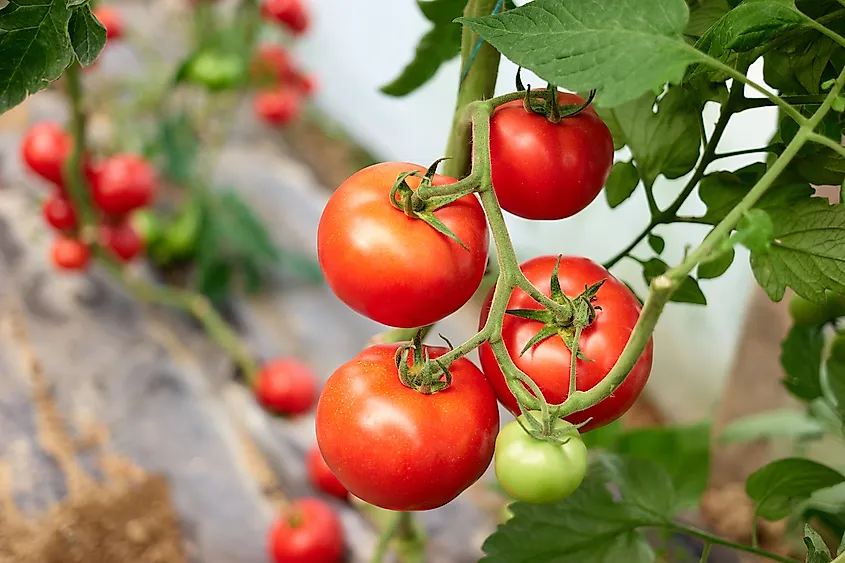
Tomatoes are both a perishable fresh product and a stable processed commodity. This dual nature shapes global trade patterns:
- Fresh Tomatoes: Typically traded regionally because of short shelf life. Examples include Mexico exporting to the U.S., or Spain supplying much of Europe.
- Processed Tomatoes: Can be shipped globally. China, Italy, and the U.S. are among the largest exporters of tomato paste, sauces, and canned tomatoes.
China’s processing sector has given it significant influence over global tomato paste prices. When Chinese production rises sharply, international paste prices often drop, affecting farmers and processors in other countries.
Challenges Facing the Largest Producer
Despite its massive output, China’s tomato sector faces several challenges that could shape its future:
1. Water Usage
Tomatoes require significant irrigation in many parts of China, especially in arid regions like Xinjiang. This raises concerns about long-term water sustainability.
2. Labor Costs and Mechanization
While mechanization is expanding, harvesting and sorting still require human labor in many areas. Rising wages in rural China could push further automation.
3. Climate Change Impacts
Shifts in rainfall, temperature, and extreme weather events can disrupt planting and harvesting schedules, increase pest and disease risks, and reduce yields.
4. Market Competition
Countries like Turkey, Italy, and Spain continue to invest in their tomato processing sectors, creating stiffer competition in export markets.
Environmental and Sustainability Considerations
Large-scale tomato farming — whether in China or elsewhere — has environmental impacts that must be addressed:
- Water Management: Drip irrigation and controlled-environment agriculture (greenhouses) can help reduce water usage.
- Soil Health: Crop rotation and organic matter additions are necessary to prevent soil degradation from continuous tomato cropping.
- Pesticide Use: Integrated pest management can reduce chemical inputs while maintaining yield and quality.
- Energy Use in Processing: Factories consume significant energy for concentrating and packaging tomato products; renewable energy adoption could lower the carbon footprint.
China has already begun implementing more sustainable practices in some regions, but scaling them nationwide remains a challenge.
What This Means for a Thesis
If your thesis is exploring which country is the largest tomato producer, identifying China is only the first step. To build a compelling academic argument, you should:
- Analyze the structural factors that enable China’s dominance (land, infrastructure, processing capacity).
- Compare production systems with other major producers to identify unique advantages and limitations.
- Investigate trade impacts, especially how China’s processing sector influences global paste prices.
- Assess sustainability challenges such as water use and climate risks.
- Explore policy interventions that could make production more resilient and environmentally friendly.
Such an approach will not only answer the question but also provide valuable insights into global food systems and agricultural economics.
Conclusion
China is, by far, the largest tomato producer in the world, harvesting around 68 million tonnes annually — over three times the volume of India, its nearest rival. This dominance is fueled by a combination of vast farmland, a powerful processing industry, efficient supply chains, favorable growing regions, and strong domestic and export demand.
However, this leading position comes with challenges, from water scarcity and environmental pressures to global competition and climate risks. Understanding these dynamics is crucial for policymakers, farmers, and researchers aiming to ensure sustainable tomato production for the future.
For anyone writing a thesis on this topic, the story of China’s tomato supremacy offers a fascinating case study in agricultural scaling, global trade, and the balance between production growth and sustainability.
